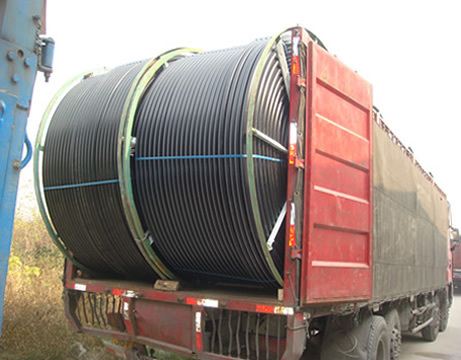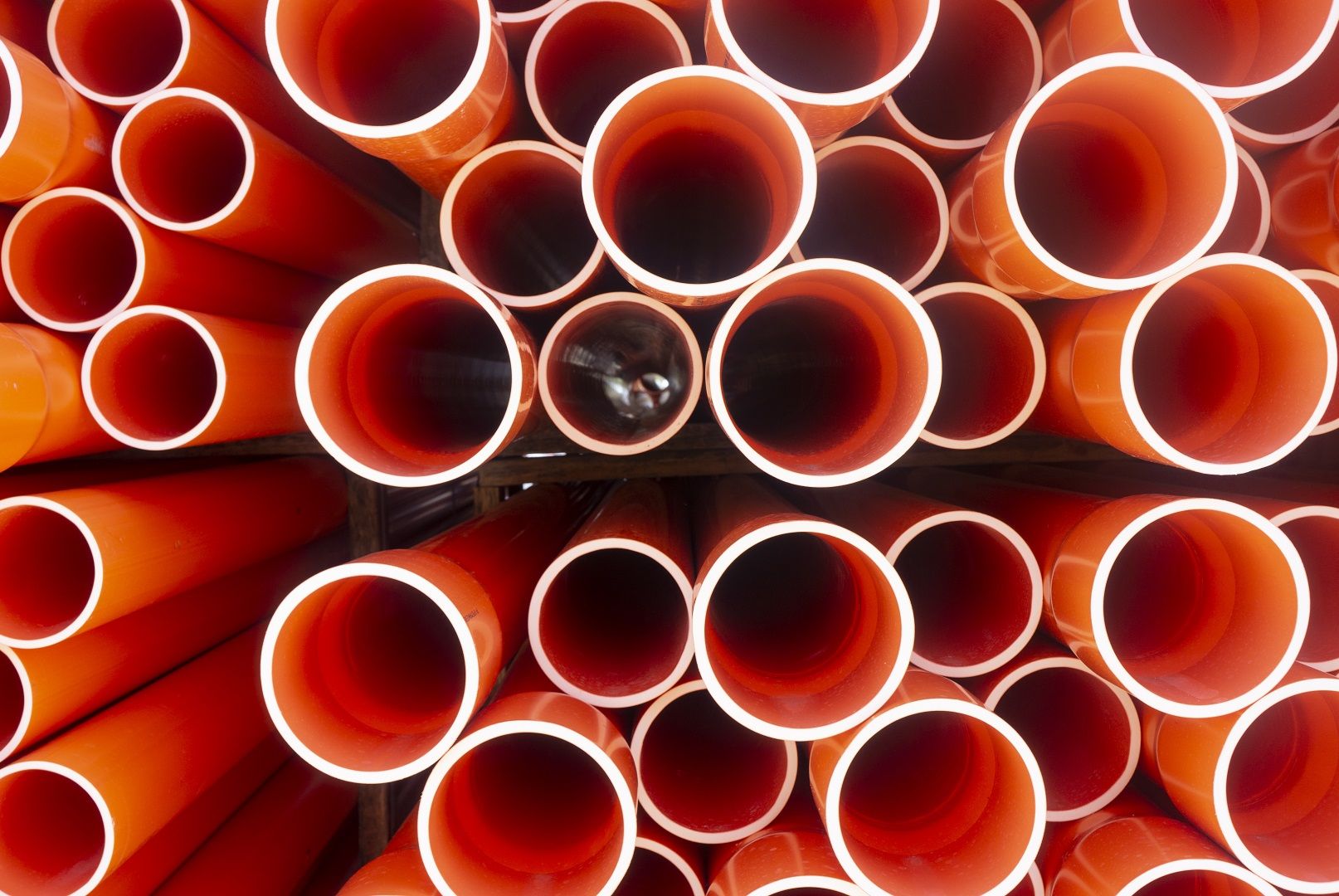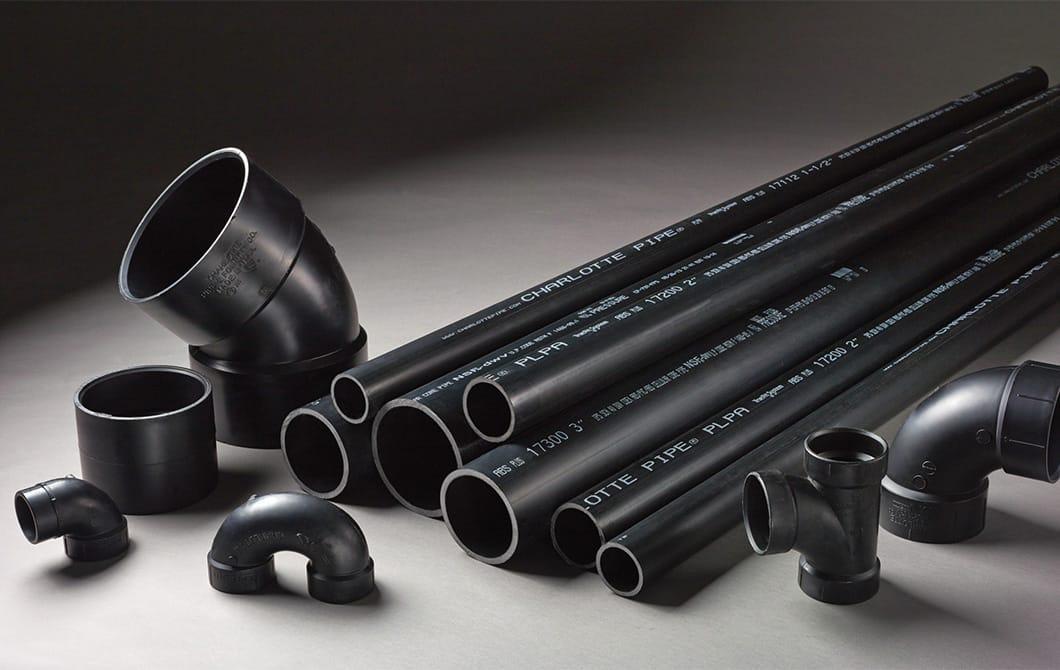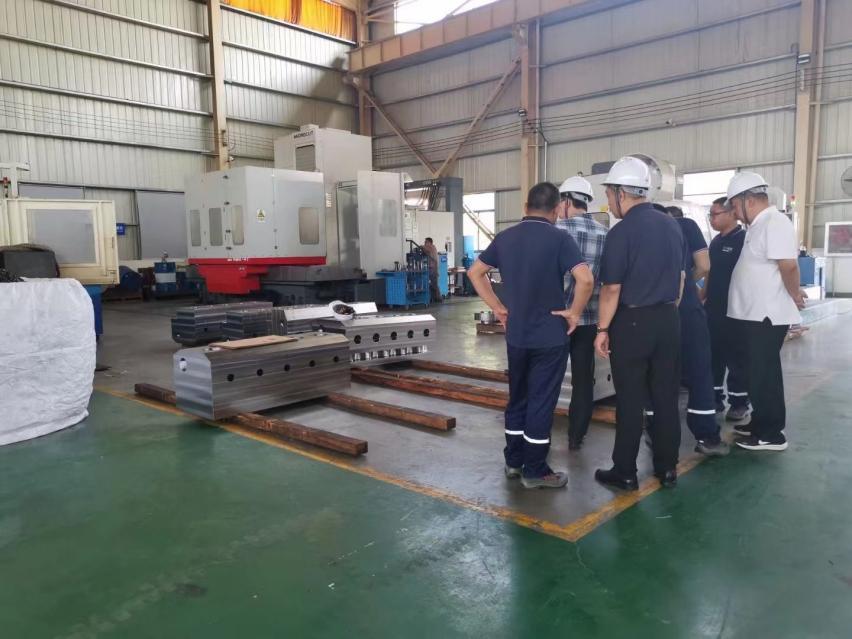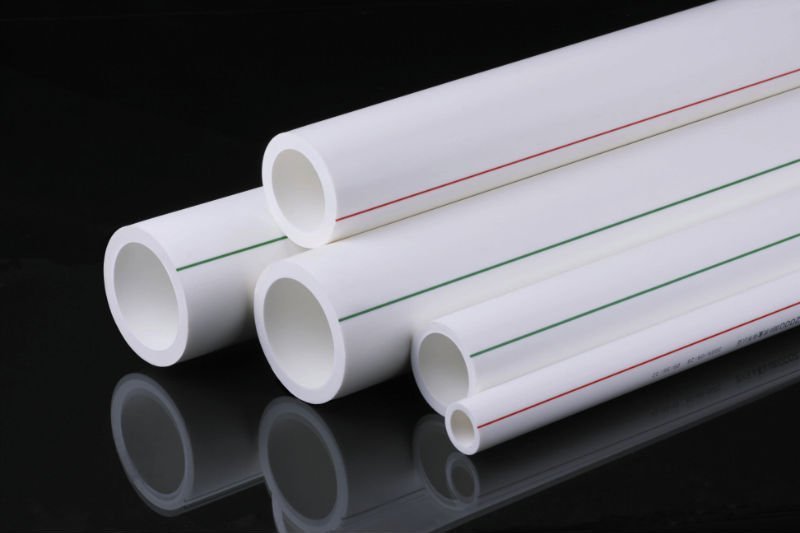Into the Core: A Deep Dive into the Inner Workings of Optical Cable Silicon Core Tubes
Nov 05,2024
Into the Core: A Deep Dive into the Inner Workings of Optical Cable Silicon Core Tubes
Table of Contents
- 1. Introduction to Optical Fiber Technology
- 2. Understanding Silicon Core Tubes
- 3. Key Construction Materials
- 4. The Manufacturing Process of Optical Cable Silicon Core Tubes
- 5. Working Principle of Silicon Core Tubes
- 6. Applications of Optical Cable Silicon Core Tubes
- 7. Recent Advancements in Optical Fiber Technology
- 8. Challenges and Solutions in Optical Cable Manufacturing
- 9. Conclusion
- 10. Frequently Asked Questions (FAQs)
1. Introduction to Optical Fiber Technology
Optical fiber technology has revolutionized the way we transmit data, offering unprecedented speed and capacity. At the heart of this technology lies the optical cable, which includes silicon core tubes essential for efficient light transmission. These tubes are critical in ensuring that signals can travel long distances without significant loss or distortion. In this article, we delve deep into the structure, manufacturing, and applications of silicon core tubes, providing a detailed understanding of their inner workings.
2. Understanding Silicon Core Tubes
Silicon core tubes form the central component of optical fibers used in telecommunications and data networks. These tubes are engineered to facilitate the transmission of light signals through total internal reflection—a principle that allows light to remain confined within the core, minimizing loss. The refractive index of silicon facilitates this process, making silicon core tubes an ideal choice for high-performance optical cables.
The Role of Core and Cladding
At the very core of an optical fiber, silicon fibers are encased in a material with a lower refractive index called cladding. This structure allows light signals to bounce back and forth within the core, effectively traveling along the fiber. The difference in refractive indices between the core and cladding is vital in maintaining the light path, reducing the chances of signal loss.
3. Key Construction Materials
The materials used in constructing optical cable silicon core tubes significantly impact their performance and durability. Typically, the following materials are employed:
Silicon
Silicon is the primary material used for the core due to its excellent optical properties, including high transparency to various wavelengths of light. This attribute allows for efficient signal transmission over long distances.
Glass and Plastic Cladding
The cladding is often made from glass or plastic, depending on the application requirements. Plastic cladding is more flexible and can be used for short-distance applications, while glass cladding is preferred for longer distances due to its better performance.
Protective Outer Layer
To protect the delicate fibers, optical cables are covered with a protective outer layer. This layer is typically made from durable materials that shield the fibers from environmental damage and mechanical stress.
4. The Manufacturing Process of Optical Cable Silicon Core Tubes
Manufacturing optical cable silicon core tubes involves several intricate processes:
Preform Fabrication
The process begins with creating a preform—a solid cylindrical piece of glass or silicon. This preform is carefully designed to have specific dimensions and refractive indices, ensuring optimal light transmission.
Drawing Process
The preform is then heated and drawn into thin fibers. This step requires precision as the diameter of the fiber must be consistent to maintain signal integrity.
Coating and Cabling
Once drawn, the fibers undergo a coating process to enhance durability. After coating, multiple fibers are bundled together to form the final optical cable.
5. Working Principle of Silicon Core Tubes
Understanding the working principle of silicon core tubes is crucial for grasping their importance in telecommunications. The key processes include:
Total Internal Reflection
As light travels through the silicon core, it encounters the boundary between the core and cladding. If the angle of incidence exceeds a certain threshold, total internal reflection occurs, allowing the light to bounce back into the core and continue traveling.
Signal Transmission
This process enables the transmission of data over long distances, minimizing signal loss. The design of silicon core tubes ensures that multiple wavelengths of light can be transmitted simultaneously, increasing the data-carrying capacity of the fibers.
6. Applications of Optical Cable Silicon Core Tubes
Optical cable silicon core tubes are integral to various applications, including:
Telecommunications
The telecommunications industry extensively uses these tubes for backbone networks, providing high-speed internet and telephone services.
Data Centers
With the growing demand for data storage and processing, silicon core tubes are pivotal in connecting servers and optimizing data transfer rates.
Medical Technologies
In medical applications, optical fibers are used in imaging and diagnostic equipment, enabling non-invasive procedures and high-resolution imaging.
Industrial Automation
Silicon core tubes are also employed in industrial settings for sensor applications and real-time monitoring systems, enhancing operational efficiency.
7. Recent Advancements in Optical Fiber Technology
The field of optical fiber technology is continually evolving, with several notable advancements:
Higher Capacity Fibers
Recent developments have led to the creation of higher capacity fibers, allowing for more data transmission without signal degradation.
Improved Fiber Coatings
Innovations in fiber coatings have enhanced the durability and flexibility of optical cables, making them suitable for a wider range of environments.
Integration with Photonics
The integration of silicon core tubes with photonic technology has opened new avenues for signal processing and communication applications, paving the way for faster and more efficient systems.
8. Challenges and Solutions in Optical Cable Manufacturing
While the benefits of optical cable silicon core tubes are evident, the manufacturing process does come with challenges:
Manufacturing Consistency
Maintaining consistency across batches can be difficult. Advanced quality control measures and automation have been introduced to address this challenge, ensuring uniformity.
Cost Management
The production of high-quality optical cables can be expensive. Innovations in material science and production techniques are helping to reduce costs while maintaining performance standards.
Environmental Considerations
As the industry moves towards sustainability, manufacturers are exploring eco-friendly materials and processes to minimize environmental impact.
9. Conclusion
Optical cable silicon core tubes are fundamental components of modern communication systems, enabling fast and reliable data transmission across various sectors. As technology advances, these tubes will continue to evolve, offering even greater capabilities and applications. Our exploration of their inner workings reveals not only their intricate design but also their critical role in shaping the future of telecommunications and data networks.
10. Frequently Asked Questions (FAQs)
1. What are optical cable silicon core tubes?
Optical cable silicon core tubes are the central components of optical fibers that facilitate the transmission of light signals through total internal reflection.
2. How are optical fibers manufactured?
The manufacturing process involves creating a preform, drawing it into fibers, and then coating and cabling them together.
3. What materials are used in optical cables?
The core is primarily made of silicon, while the cladding can be glass or plastic, and an outer protective layer is added for durability.
4. What are the main applications of these tubes?
They are used in telecommunications, data centers, medical technologies, and industrial automation, among other sectors.
5. What challenges do manufacturers face?
Manufacturers deal with challenges such as maintaining consistency, managing costs, and addressing environmental impacts while producing high-quality optical cables.
Latest News


